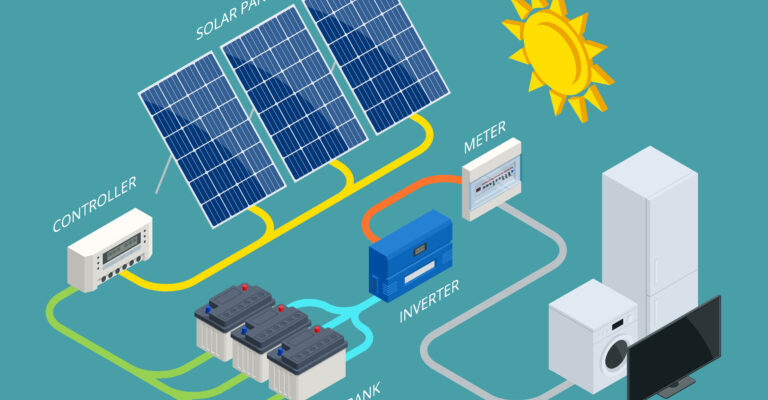Solar energy, harnessed through the conversion of sunlight into electricity, stands at the forefront of sustainable power solutions. The science behind solar energy is a fascinating interplay of physics, materials science, and engineering, driven by the pursuit of cleaner and more efficient sources of power.
At the heart of solar technology are photovoltaic (PV) cells, the workhorses responsible for transforming sunlight into electrical energy. These cells are typically made from semiconductor materials, with silicon being the most commonly used. When sunlight strikes the PV cell, it energizes electrons, causing them to move and generate an electric current. This phenomenon, known as the photovoltaic effect, forms the basis of solar power generation.
Advancements in the science of materials have been pivotal in improving the efficiency and affordability of solar panels. Traditional crystalline silicon cells have been complemented by thin-film technologies, which use layers of materials like cadmium telluride or copper indium gallium selenide. These thin-film cells are more flexible and can be integrated into various surfaces, expanding the potential applications of solar technology.
The efficiency of solar cells is a critical aspect of their scientific development. Researchers continually strive to enhance the ability of PV cells to capture and convert sunlight into electricity. Tandem solar cells, for example, incorporate multiple layers of different materials to capture a broader spectrum of sunlight, maximizing energy conversion efficiency. The quest for higher efficiency is driving innovation in materials science, pushing the boundaries of what is achievable with current solar technology.
Understanding the impact of environmental factors on solar energy production is another aspect of the scientific endeavor. Cloud cover, shading, and variations in sunlight intensity throughout the day all influence the performance of solar panels. This has led to the development of tracking systems that adjust the orientation of solar panels to optimize their exposure to sunlight. These systems use sensors and actuators to ensure that panels are always positioned at the ideal angle, maximizing energy yield.
Storage solutions, a crucial component of solar systems, also rely on scientific principles. Batteries, often based on lithium-ion technology, store excess energy generated during periods of sunlight for later use. Ongoing research aims to improve the energy density and lifespan of batteries, addressing one of the challenges associated with solar power—its intermittent nature.
The science of solar energy extends beyond the panels themselves to include the development of smart grids and innovative power management systems. Smart grids enable bidirectional communication between energy producers and consumers, facilitating the integration of solar power into existing electricity networks. Advanced control systems use artificial intelligence to predict energy demand and adjust the output of solar installations accordingly, contributing to a more stable and reliable power supply.
The science of solar energy represents a dynamic and interdisciplinary field that spans physics, materials science, and engineering. As researchers and engineers continue to unravel the intricacies of solar technology, advancements in efficiency, affordability, and reliability are propelling solar energy into a central role in our quest for a sustainable and clean energy future. The ongoing scientific exploration of solar energy holds the promise of even greater breakthroughs, ushering in a new era of renewable power.

